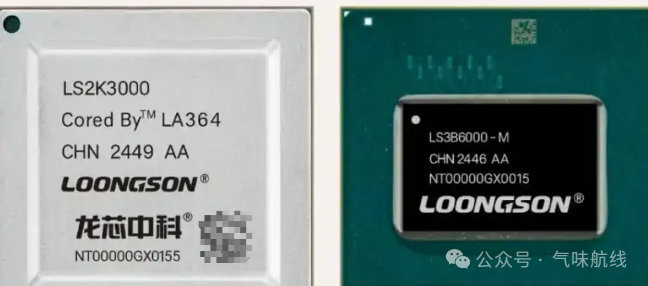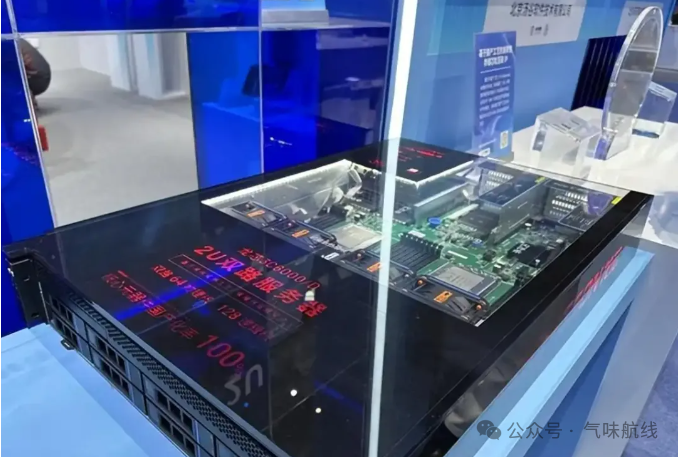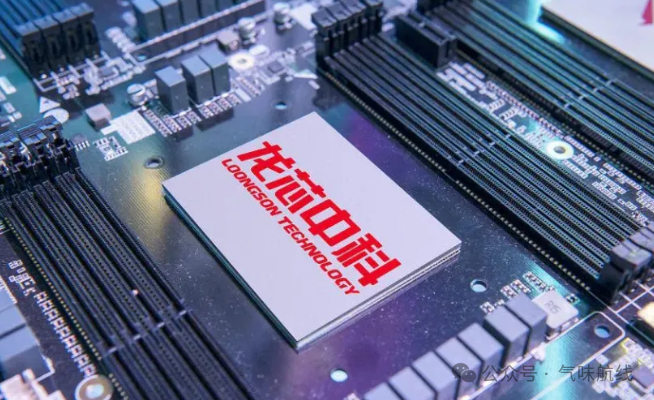Introduction: A “Chip” Breakthrough After 20 Years of Hard Work
In December 2024, Loongson Technology announced the successful tape-out of the 3B6000M processor, featuring an 8-core architecture with a frequency of 2.5GHz and a self-developed GPU, achieving a SPEC score exceeding 30. This data has sent shockwaves through the international semiconductor community, representing a significant breakthrough after 20 years of perseverance in domestic chip development. While some still question when “domestic chips will catch up to international standards,” Loongson has provided a stunning answer with hardcore technology—this is not just catching up, but the beginning of overtaking on a curve!

Main Body: The “Chinese Speed” in the Chip Battlefield
1. From “Choke Point” to “Overtaking Hand”
Looking back at the ZTE incident in 2018, a ban from the U.S. left domestic companies in a dire situation of “no chips available.” Six years later, the self-developed LG200 GPU integrated into the Loongson 3B6000M has improved graphics performance by 400% compared to the previous generation, with AI computing power reaching 8 TOPS, completely breaking the prejudice that “domestic chips can only be low-end.” This leap from “0 to 1” is a reflection of the resilience of China’s semiconductor industry.
2. A “Chip” Ecosystem with Breakthroughs Across the Entire Chain
On the Hefei Changxin 128-layer 3D NAND production line, the Loongson 3B6000M has achieved mass production compatibility; at the AI computing center in Wuhan Optics Valley, its 8 TOPS computing power supports real-time decision-making for smart cities. Notably, this chip integrates an independent security module, certified by national cryptographic algorithms, providing a “Chinese lock” for critical information infrastructure. This “hardware + software + security” breakthrough across the entire chain marks the entry of domestic chips into the 3.0 era.

3. The “Chip” Power of Industrial Collaboration
Currently, 47 domestic companies have adopted the Loongson 3B6000M, covering fields such as industrial control, finance, and transportation. In BYD’s smart factory in Shenzhen, industrial robots powered by this chip operate 24 hours a day without failure; in the smart oilfield of Karamay, Xinjiang, its low power consumption allows equipment to operate stably in extreme environments. This industrial collaboration effect is reshaping the global semiconductor supply chain landscape.
4. The “Chip” Deterrence in Strategic Games
As the U.S. escalates its technological blockade against China, the Loongson team has achieved self-control over the 28nm process in three years. Their self-developed ALD atomic layer deposition equipment has improved chip yield to 98.7%, with key parameters reaching 92% of similar products from ASML. As Chinese Academy of Engineering academician Xu Juyuan stated, “Semiconductor competition has entered the stage of ‘unlimited warfare’; our counterattack is not at the negotiating table, but in the laboratory.”

Conclusion: Insights from the Moment of Chip Movement
From the birth of the Loongson 1 in 2002 to today’s 3B6000M, domestic chips have not only undergone a technological journey but also represent a spiritual epic of national industry. When the Loongson GPU defeated NVIDIA’s T4 in a graphics rendering competition, and when the AI computing power supported “Shenwei TaihuLight” reclaimed the title of global supercomputer champion, we see not only data breakthroughs but also the innovative power of a nation bursting forth in adversity.
History will ultimately prove that the U.S. technological blockade is merely a quenching hammer forged for the Chinese chip industry. In this smoke-free war, the true victors will always be those fighters whose lab coats are filled with perseverance. Just as the Yellow River always finds its way around the twists and turns, the tide of China’s semiconductor self-reliance and strength is unstoppable.